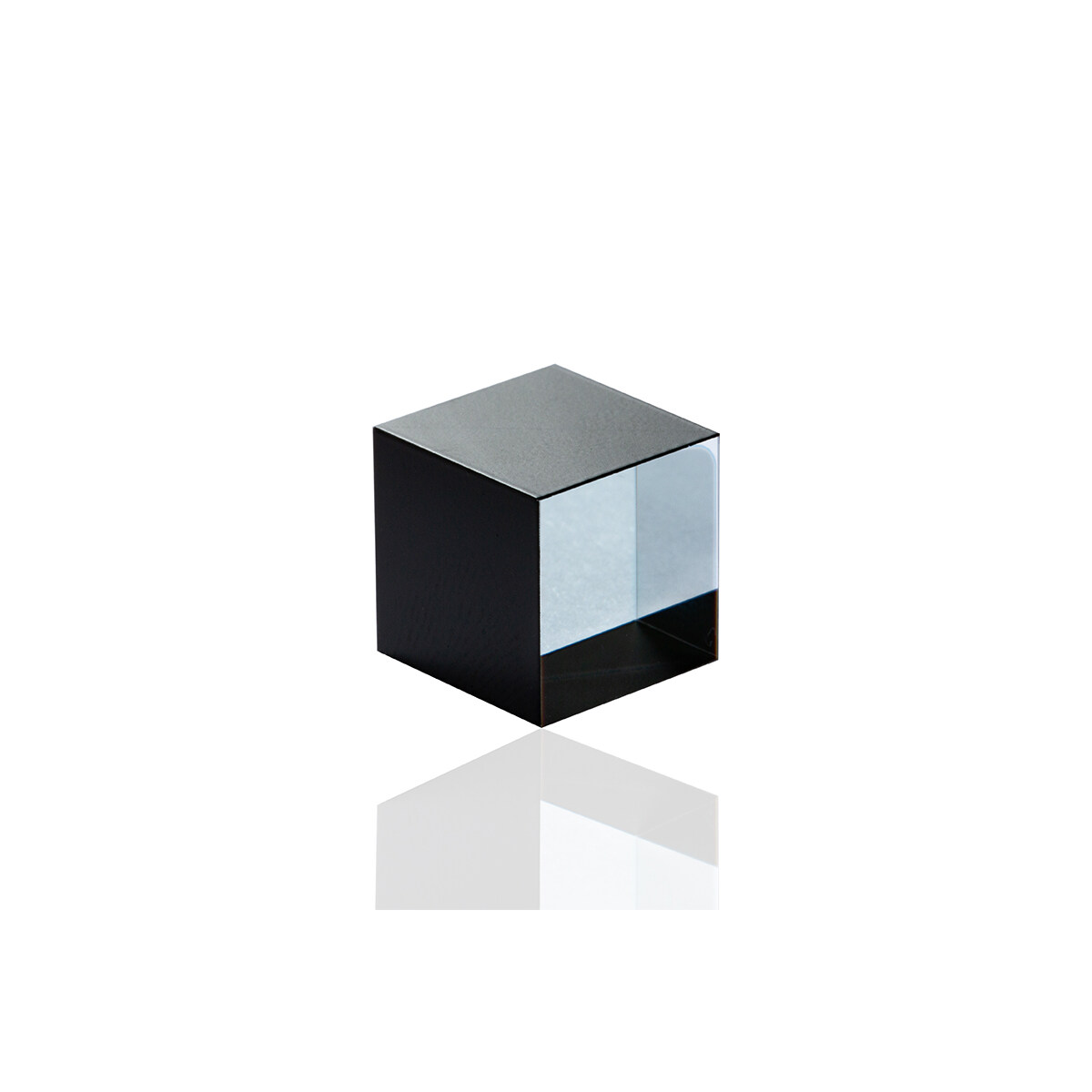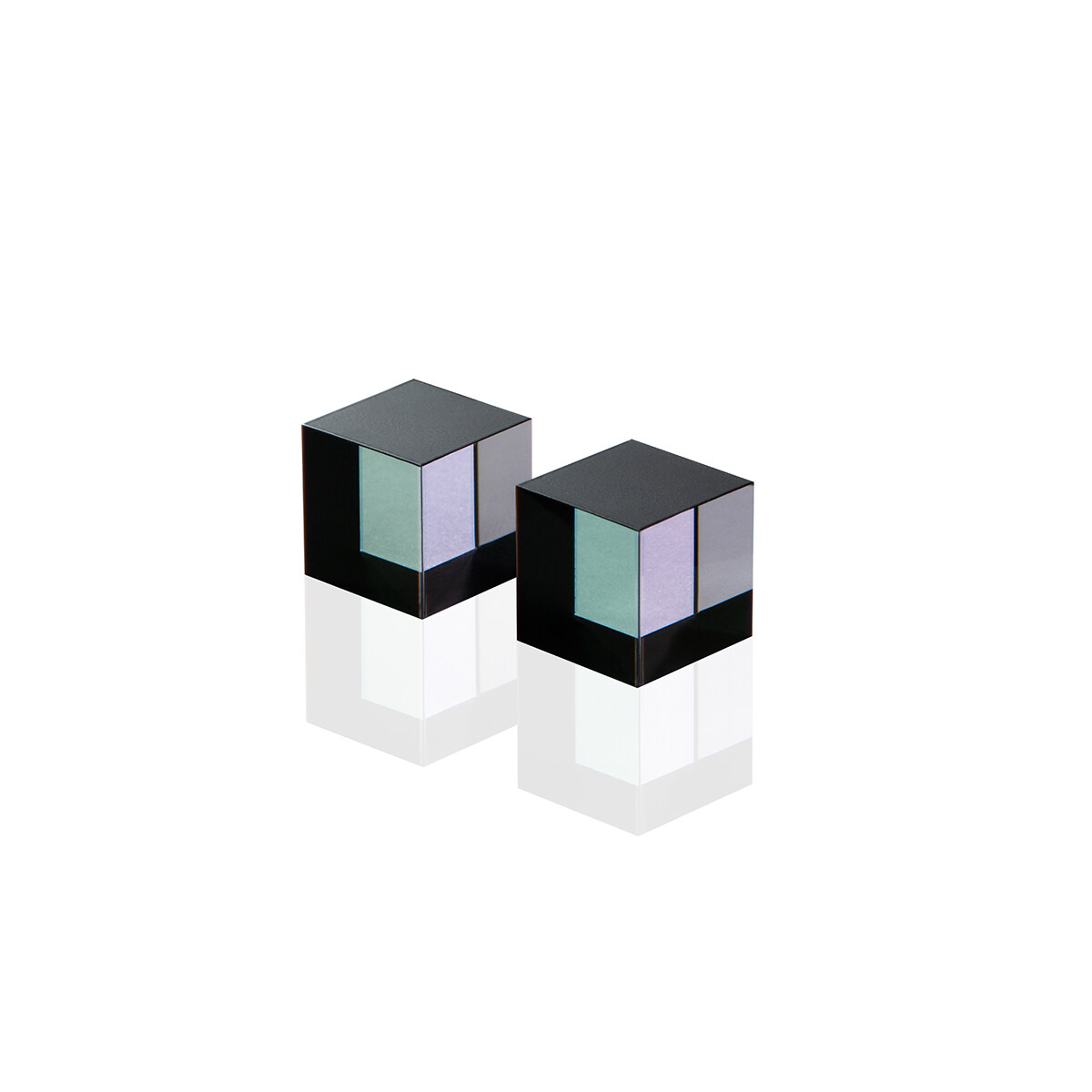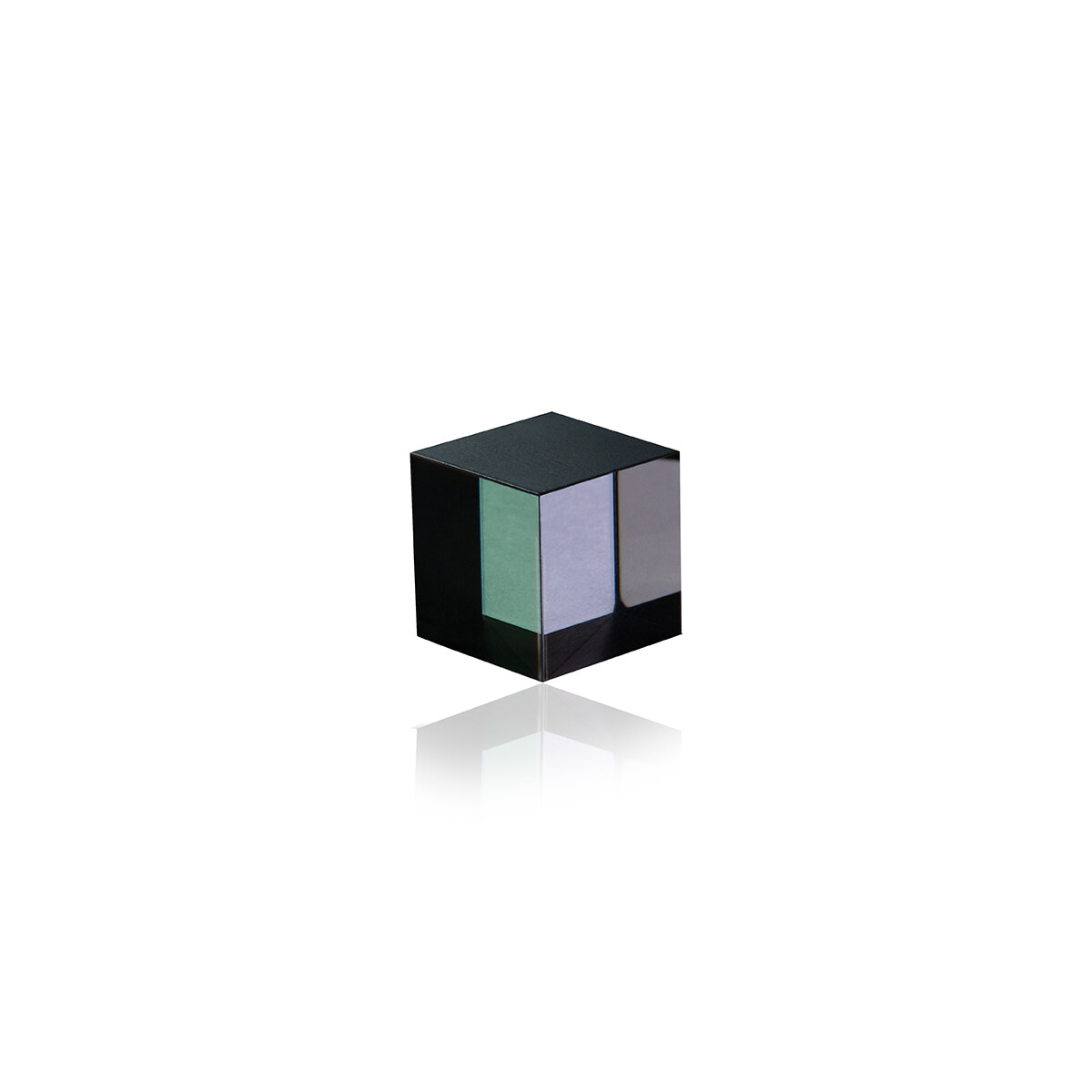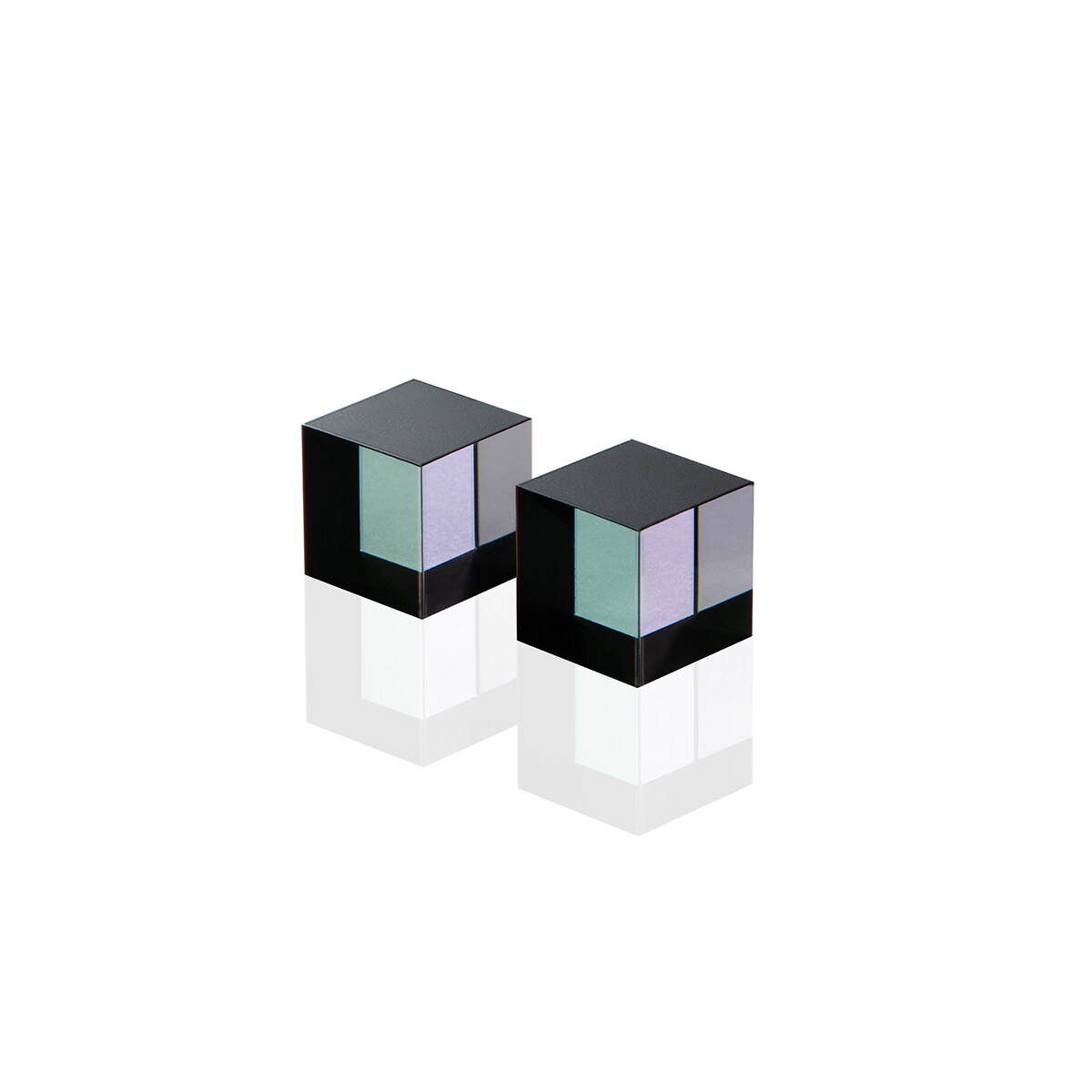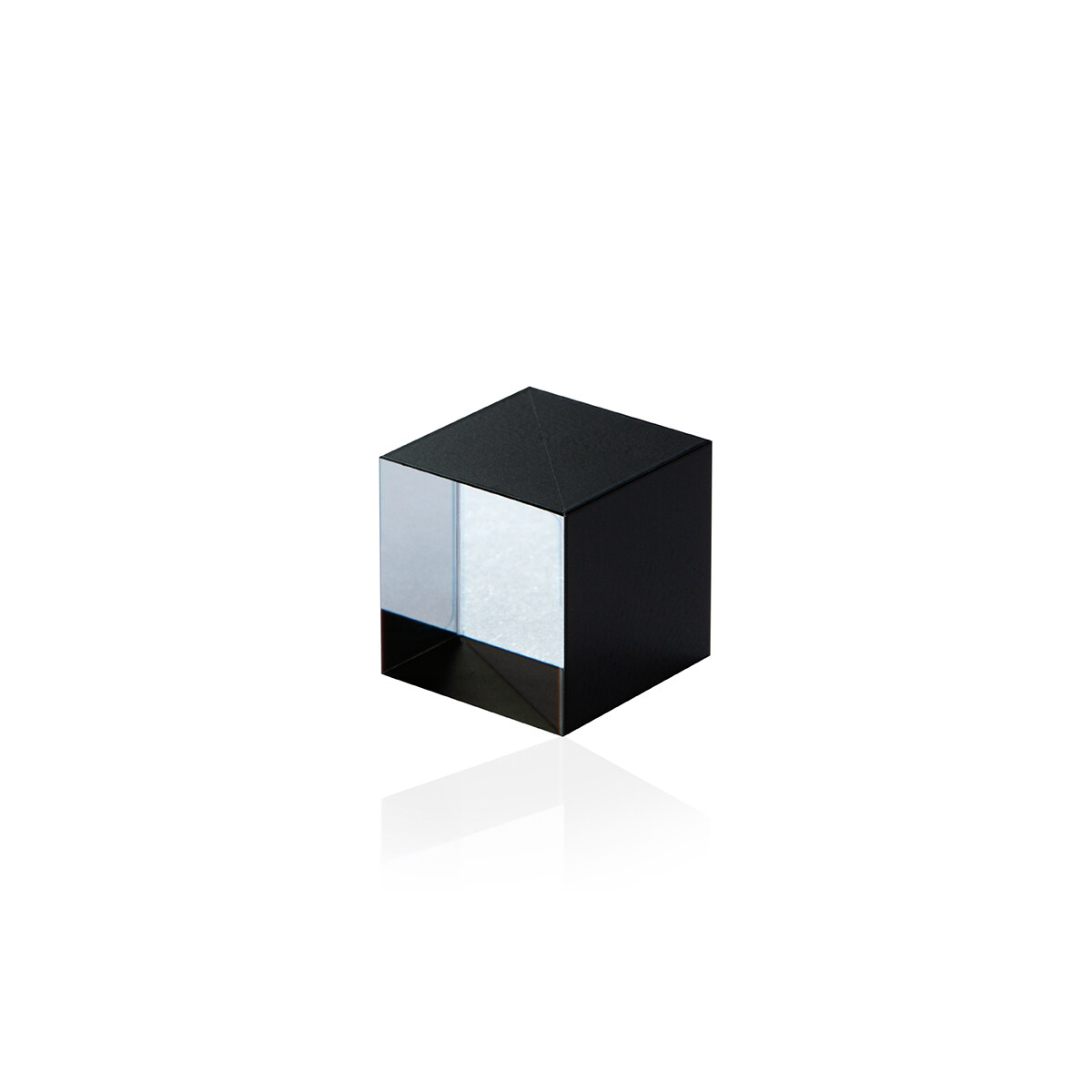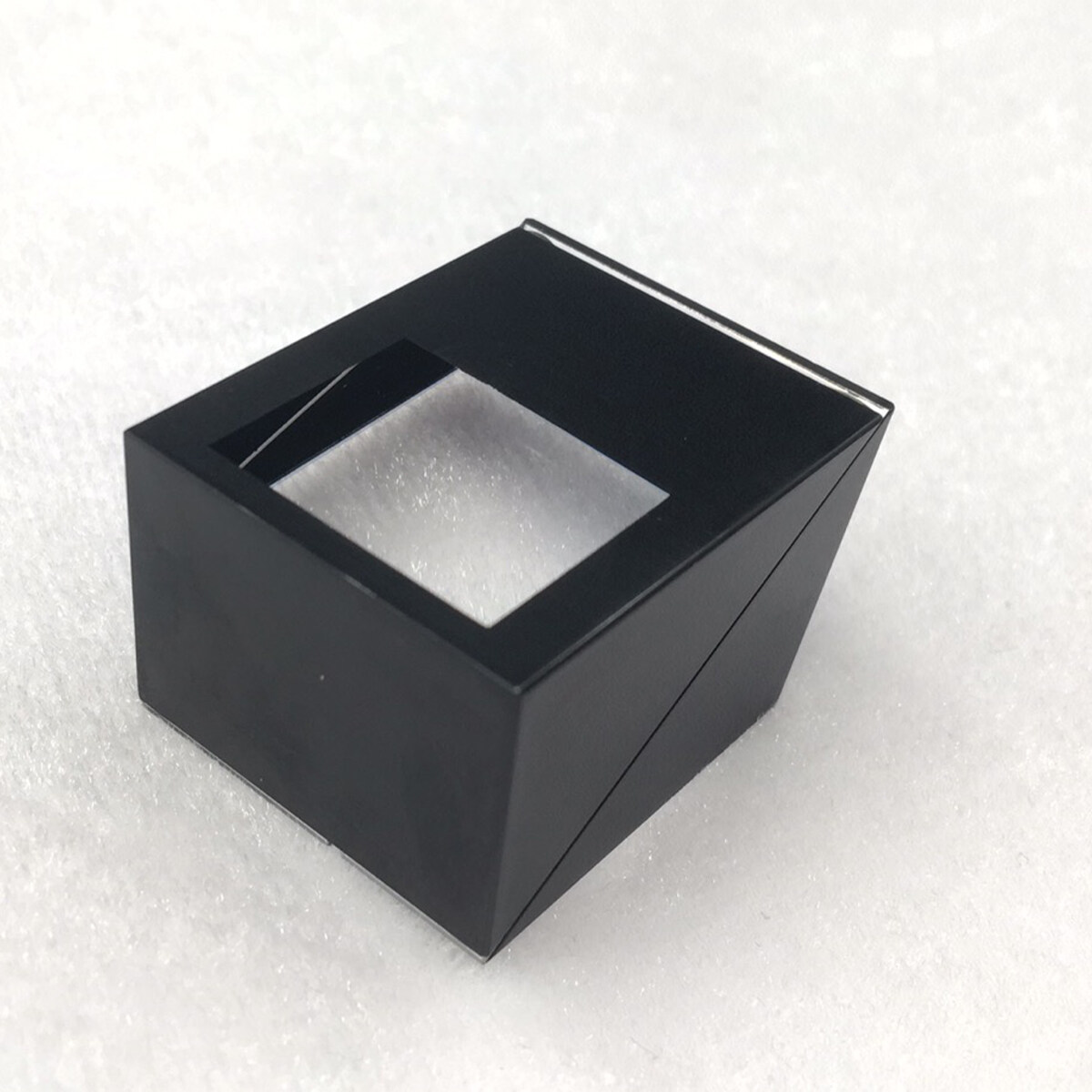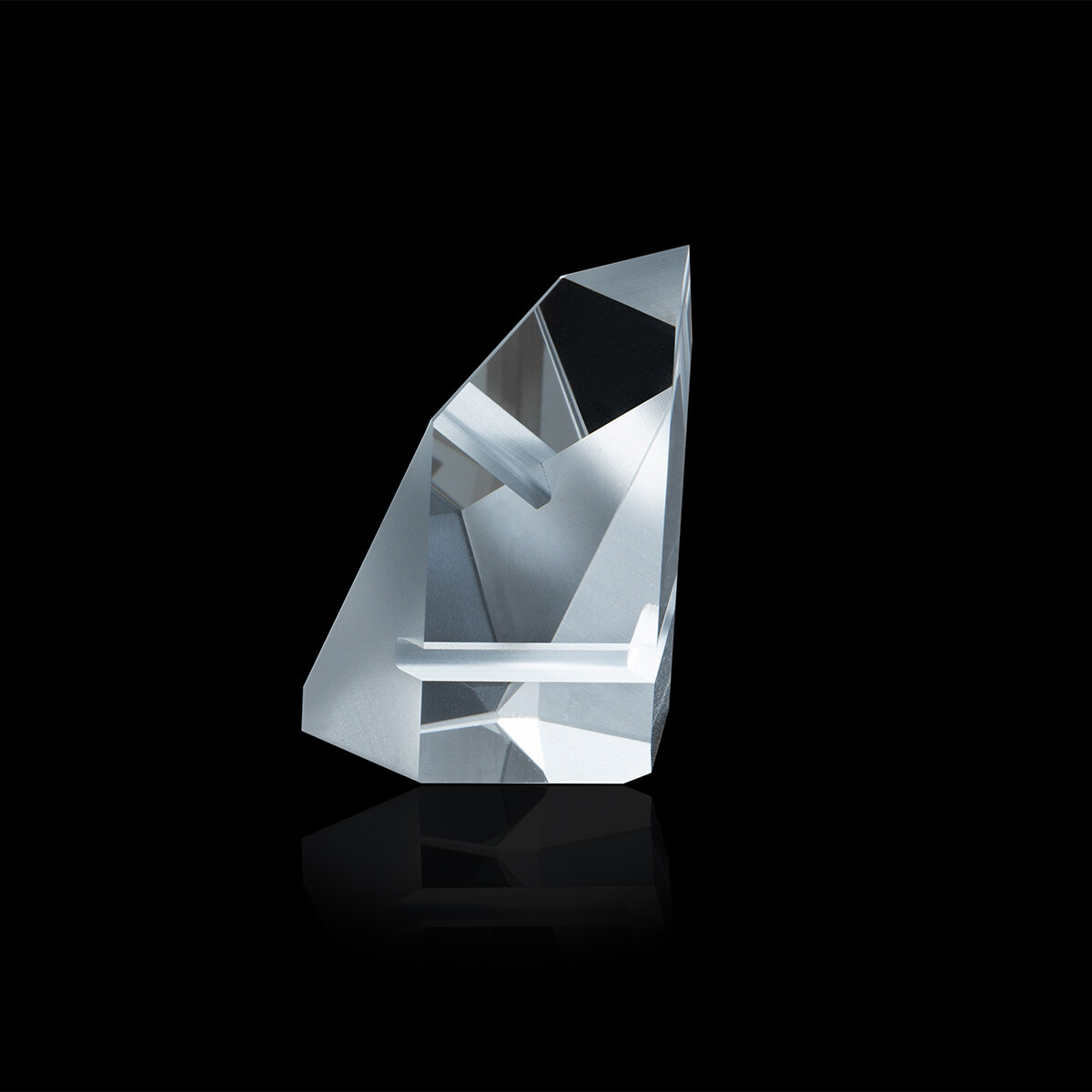Email format error
Email cannot be empty
Email already exists
6-20 characters(letters plus numbers only)
The password is inconsistent
Please enter the email address you’d like your password reset information sent to.
Email format error
Email cannot be empty
Email does not exist
Reset account password
For the account
6-20 characters(letters plus numbers only)
The password is inconsistent
Reset success
Your password was reset. You can log in using your new password.
Login

PBS Prism
PBS Prism
At prism medical development supply company, we are committed to providing high-quality PBS Prism that is affordable.Our products are examined and tested for quality before being sent out to you.
Contact us
Inquiry Basket
OEM:
Available
Sample:
Available
Payment:
Other
Place of Origin:
China
Shipping:
Air freight
Supply Ability:
30000 piece per Month
Contact us
PRODUCT TAGS


